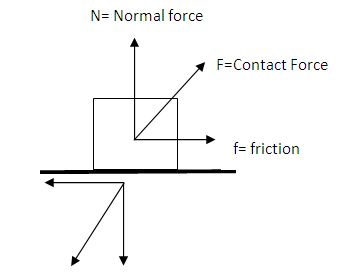coefficient of static friction (μs) = tan θ
In this post, we will see how the coefficient of static friction (μs) = tan θ, where θ is the angle of inclination where static friction becomes the highest. In other words, θ is the angle of inclination when friction equals the value of limiting friction. (The maximum possible frictional force before the object starts […]




